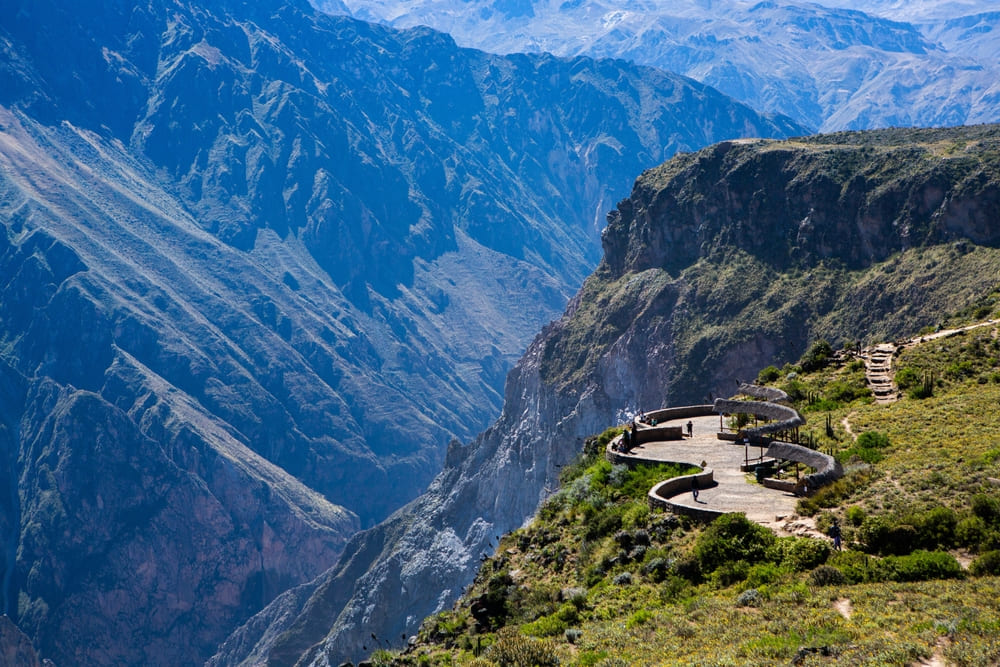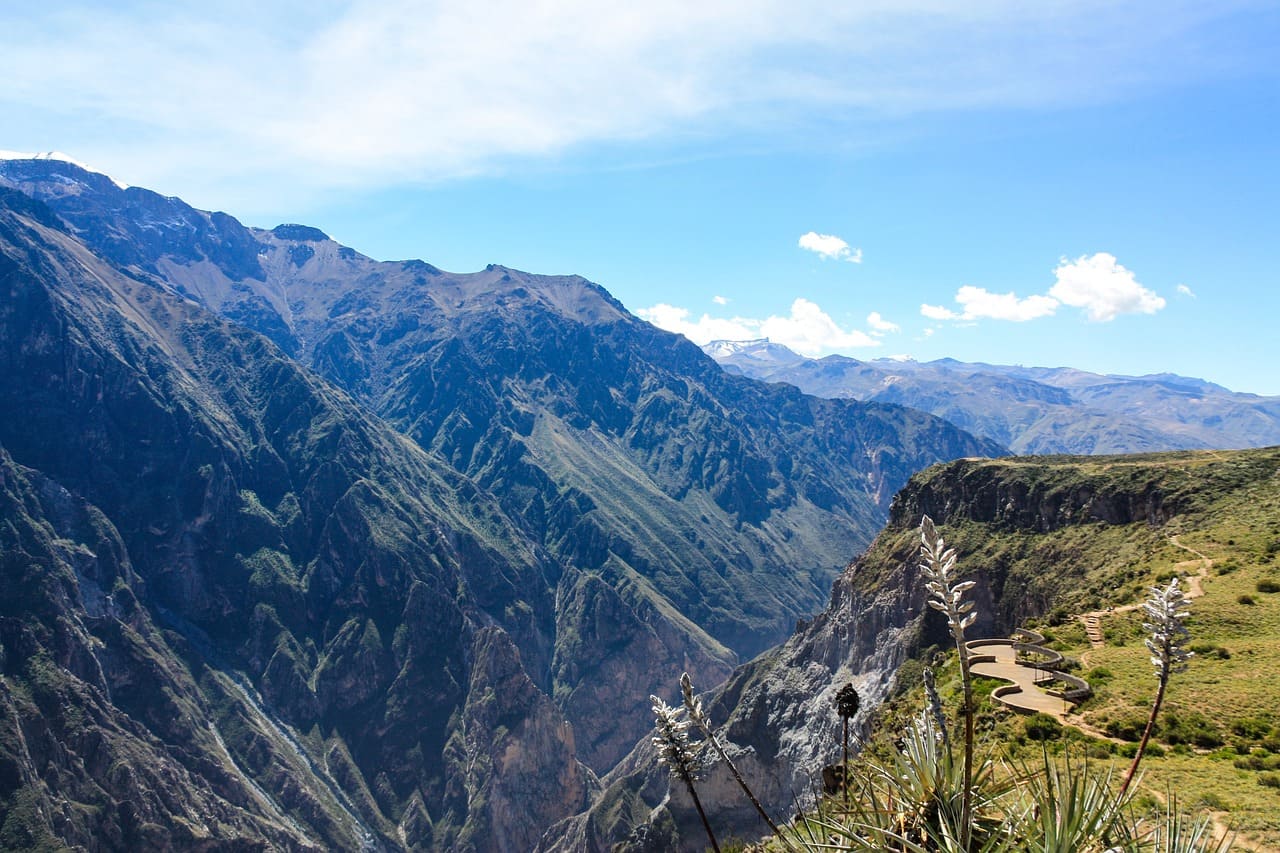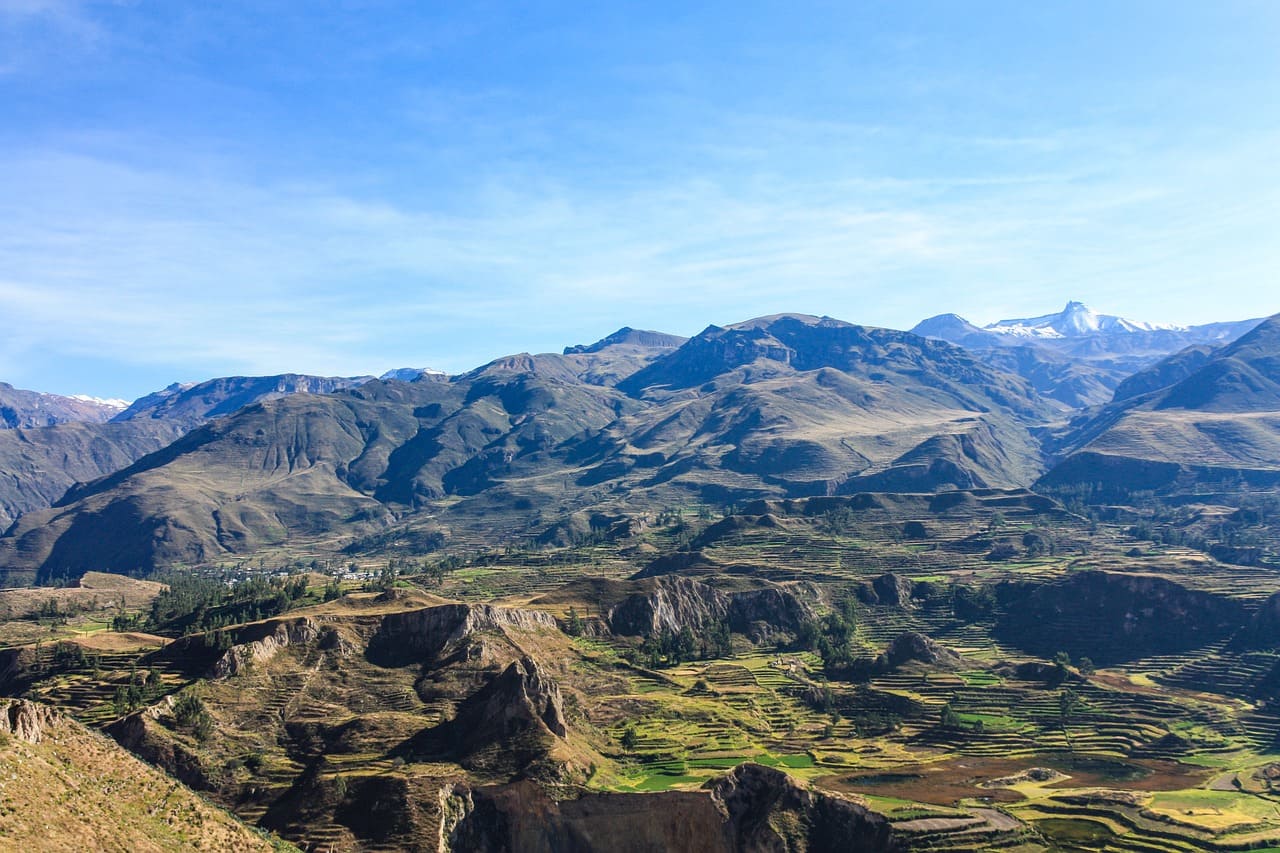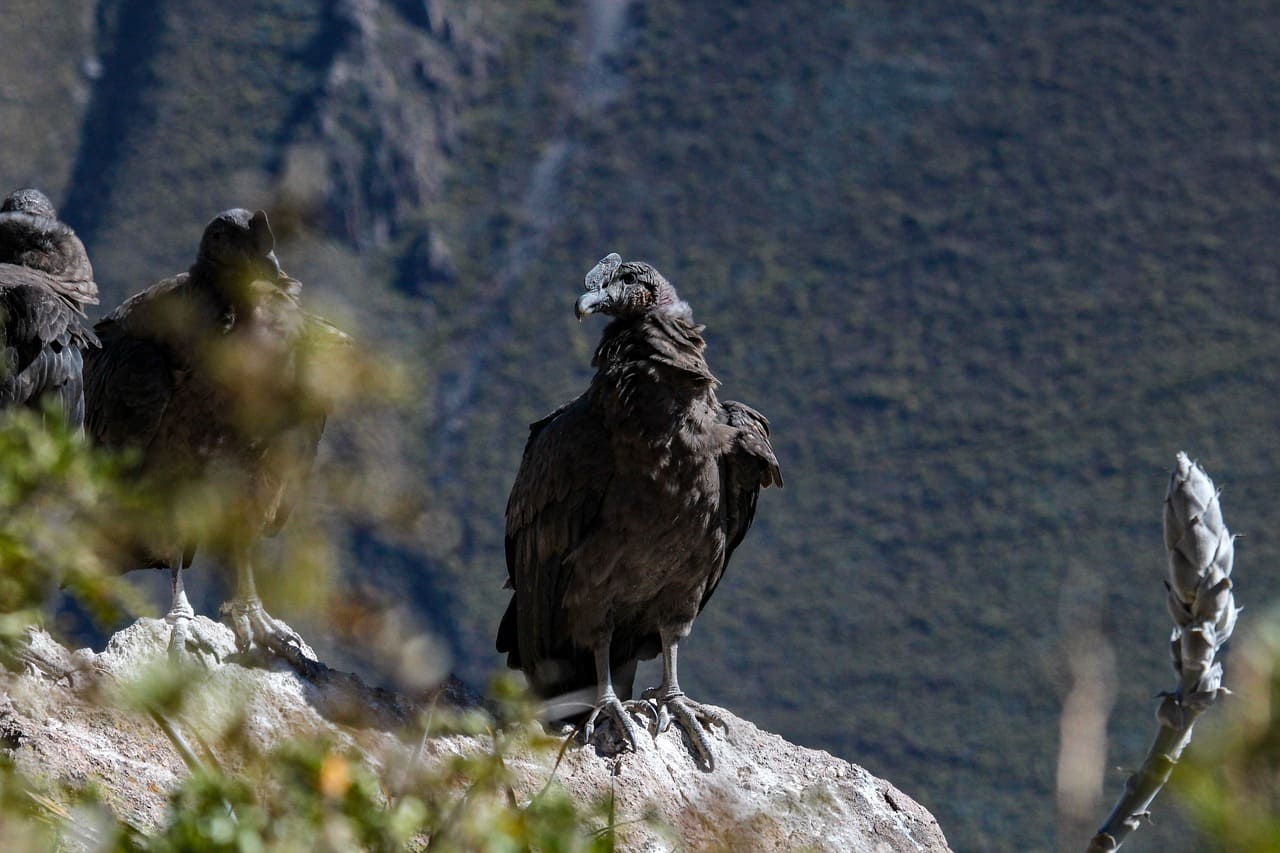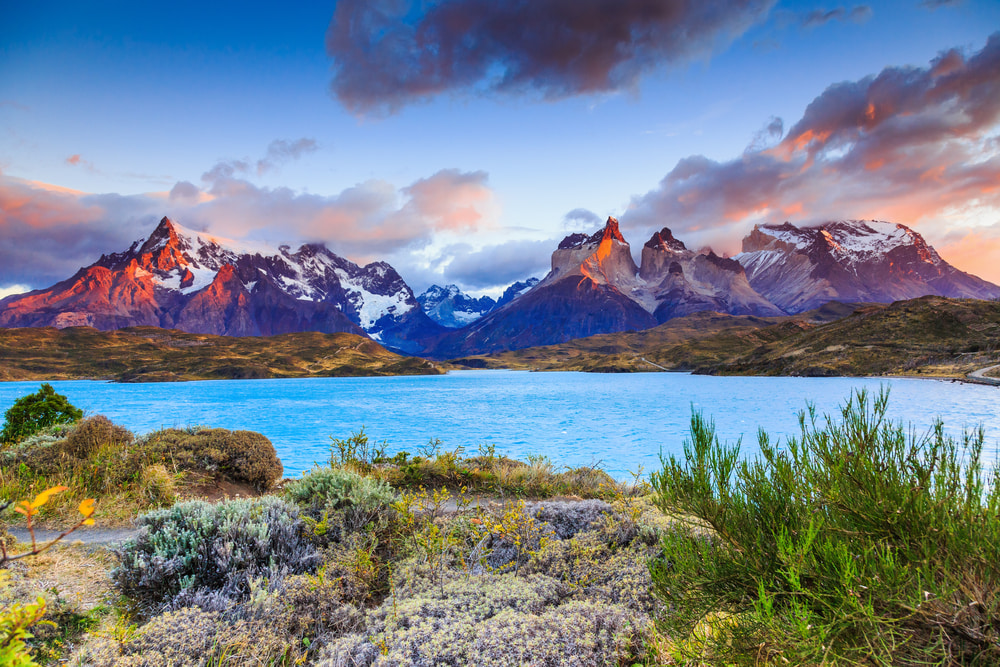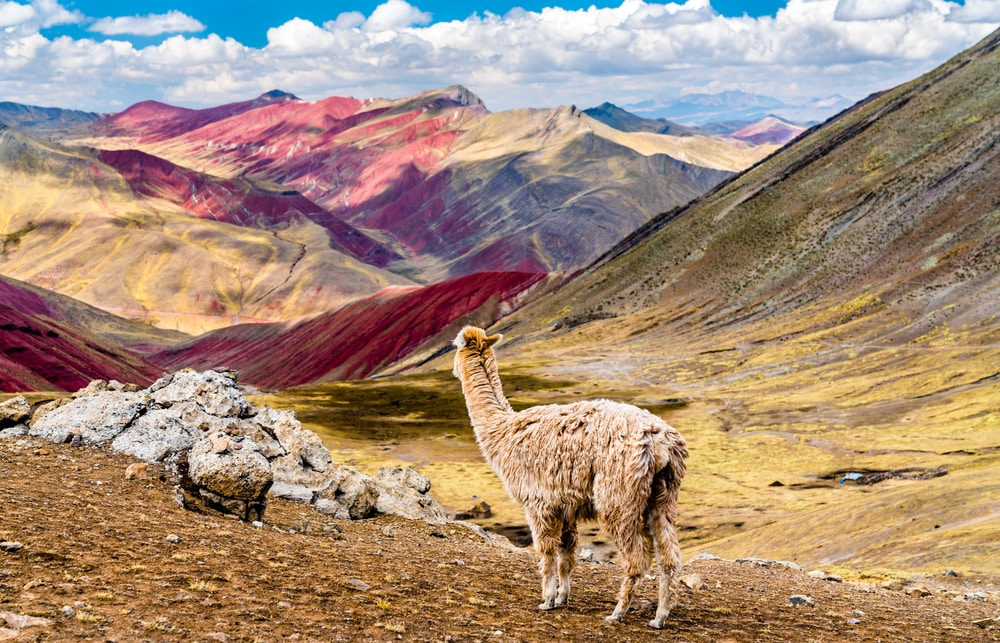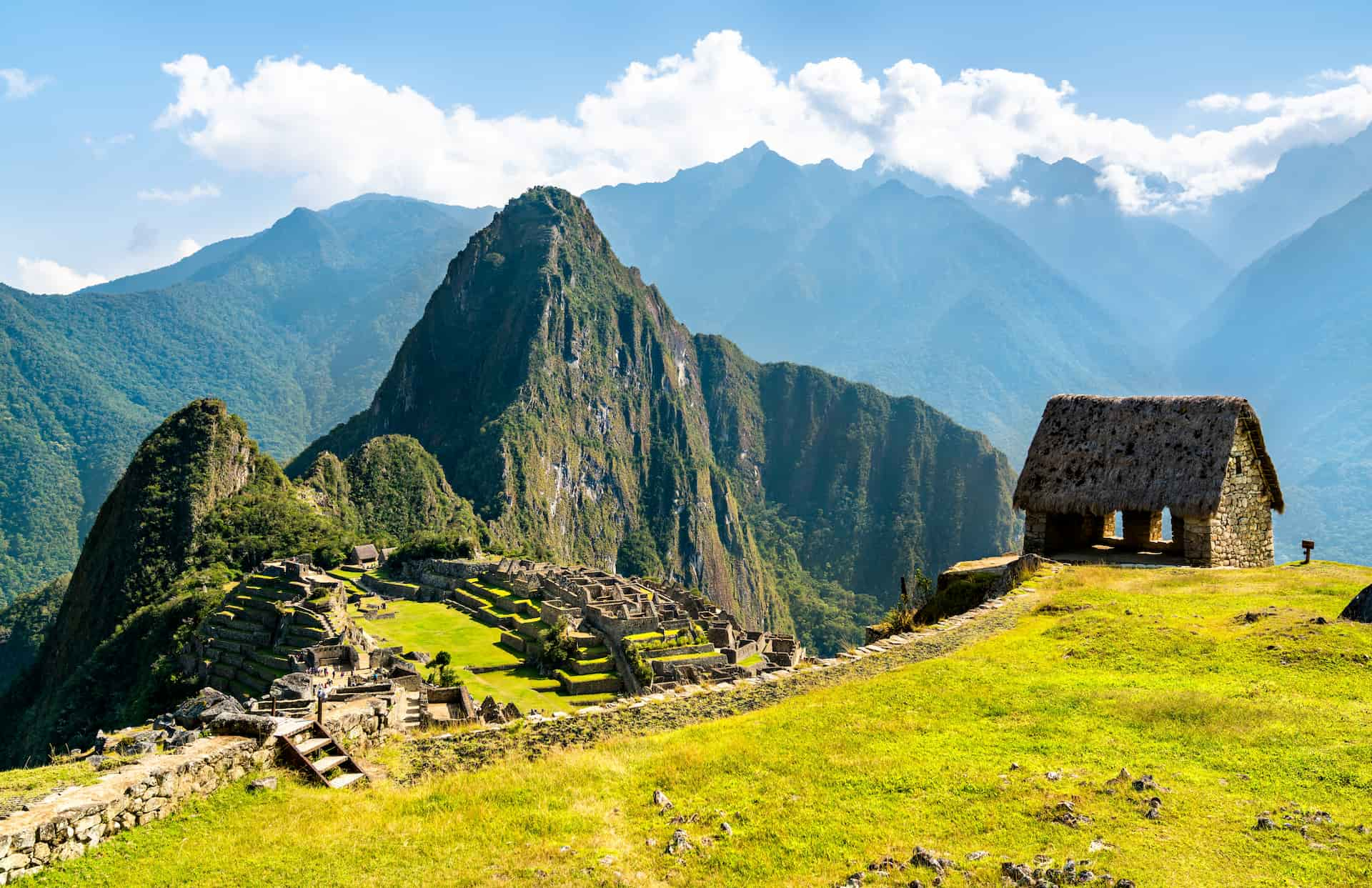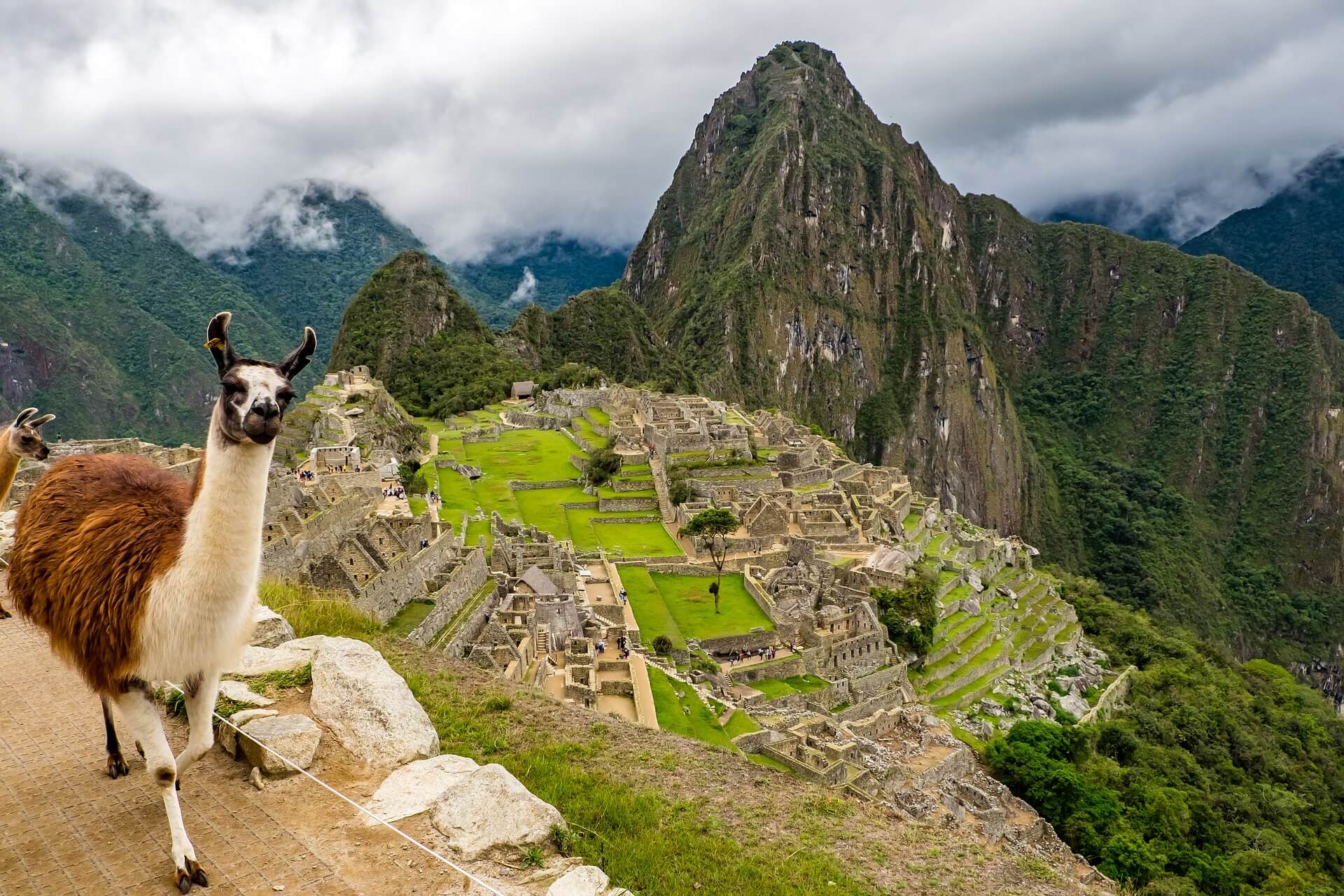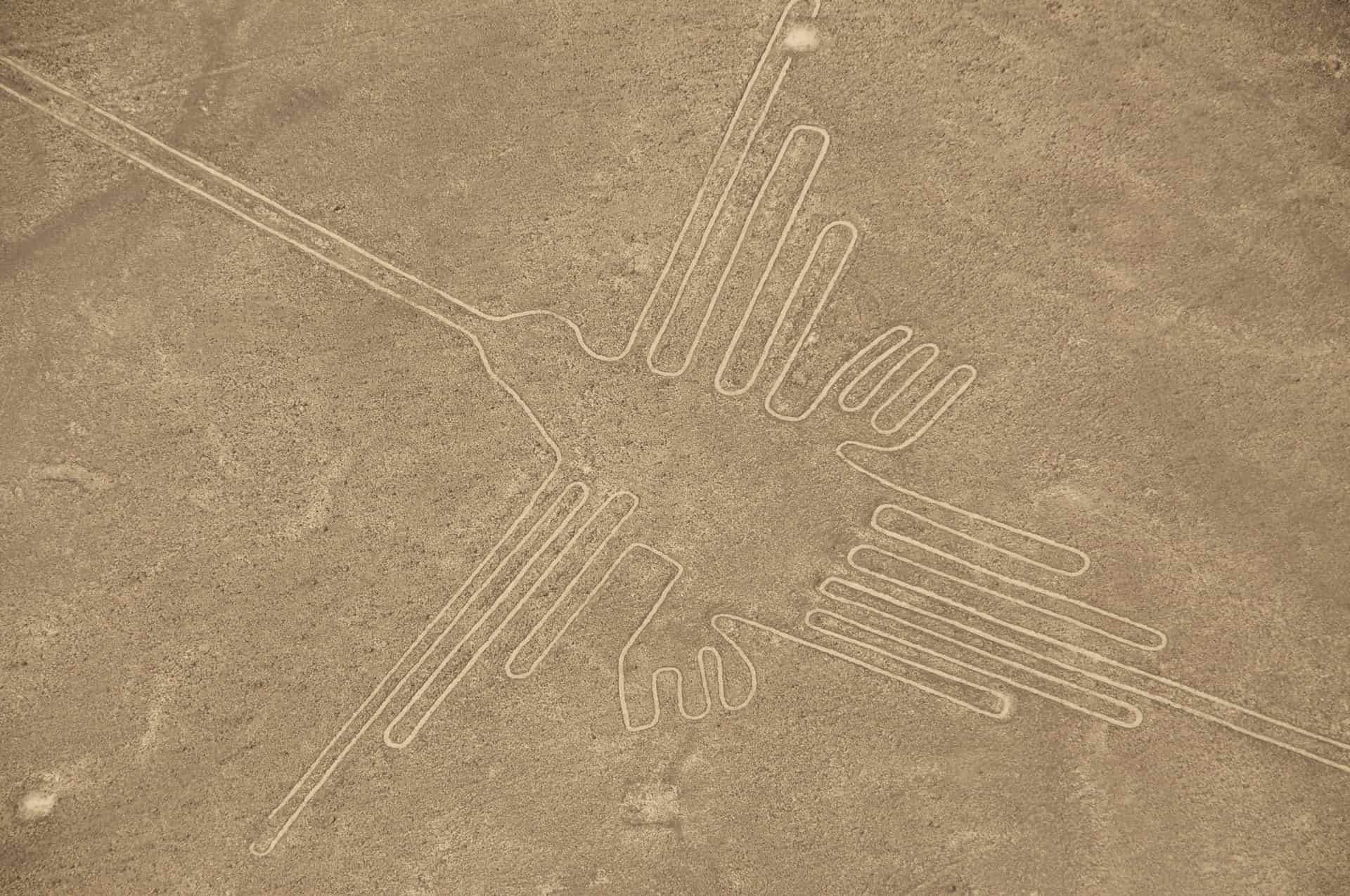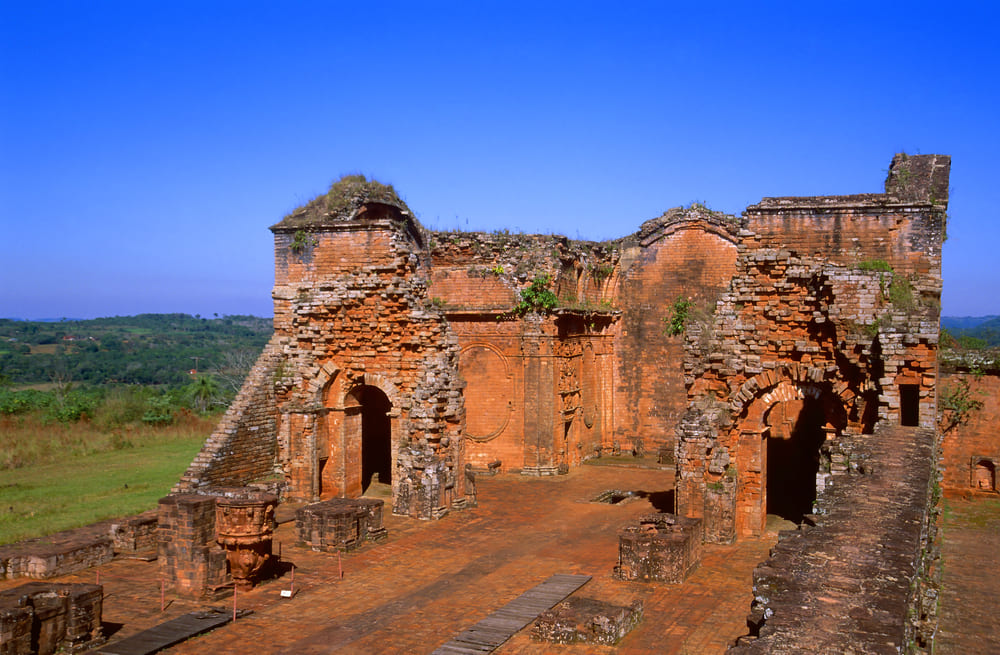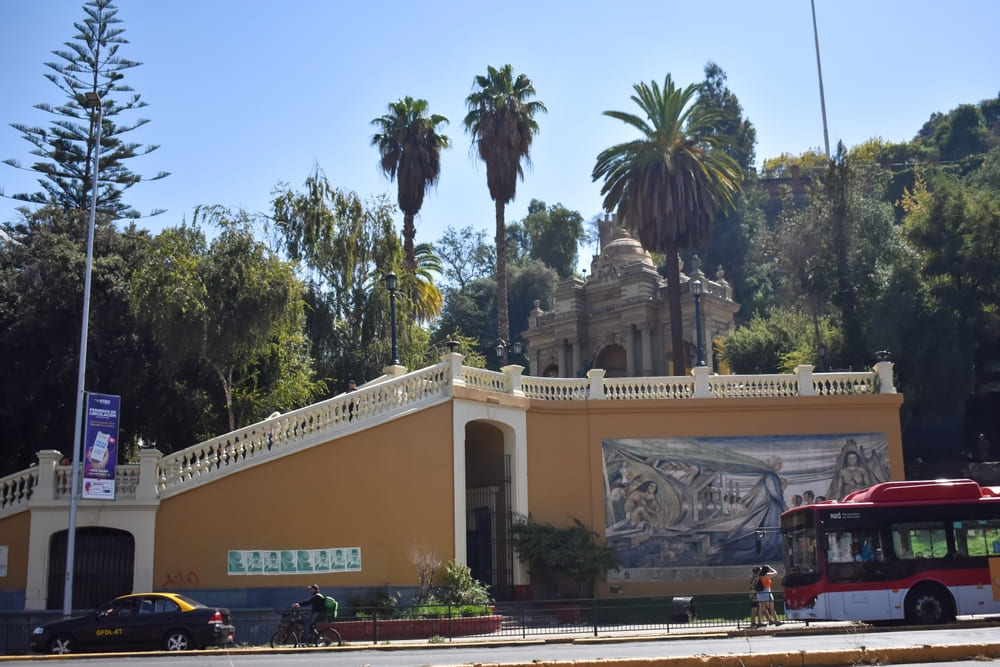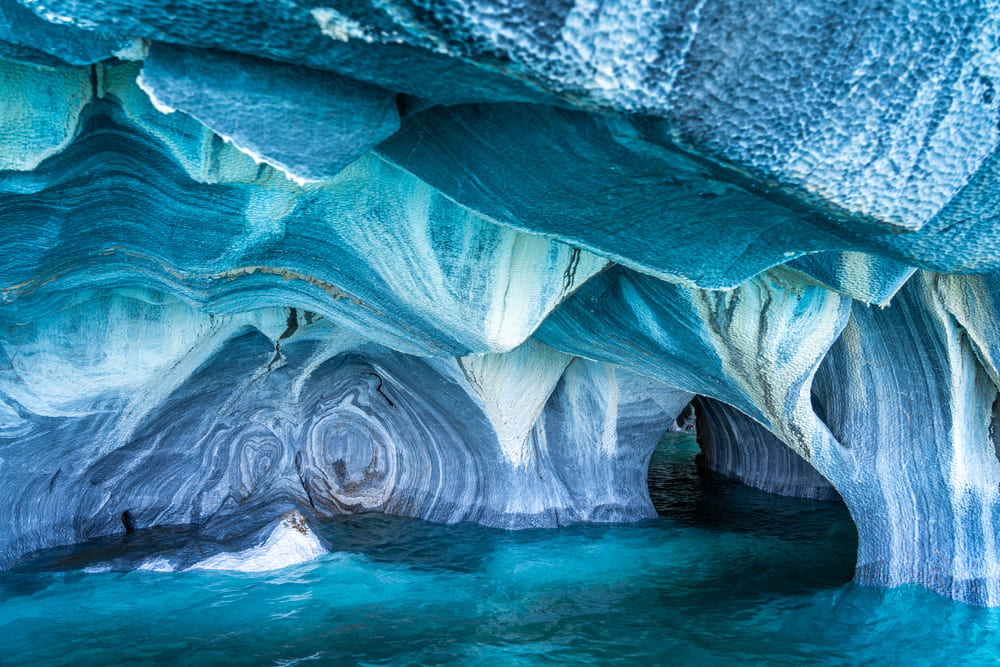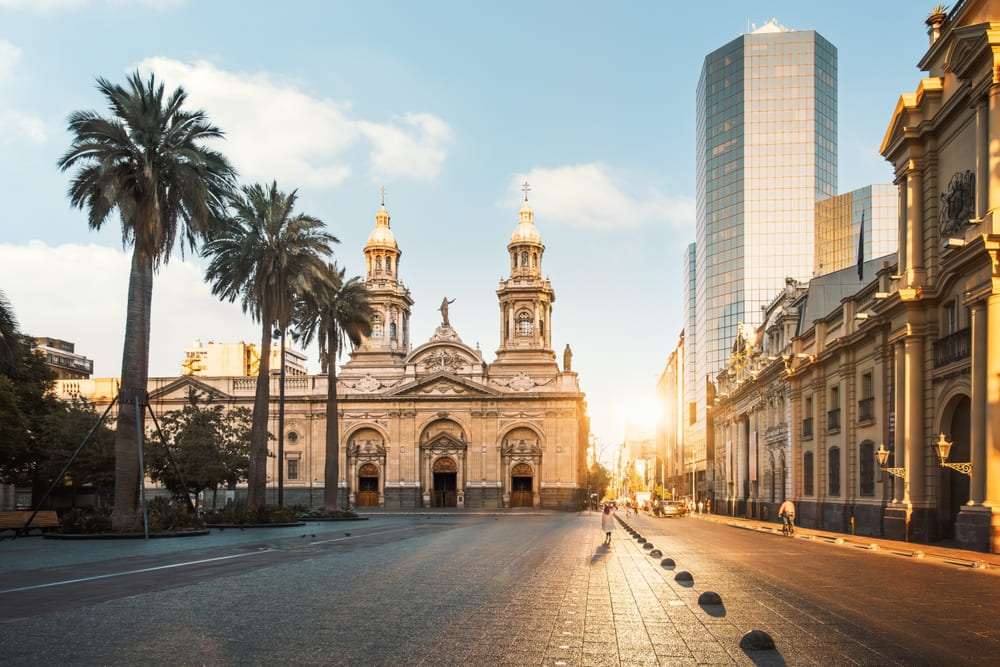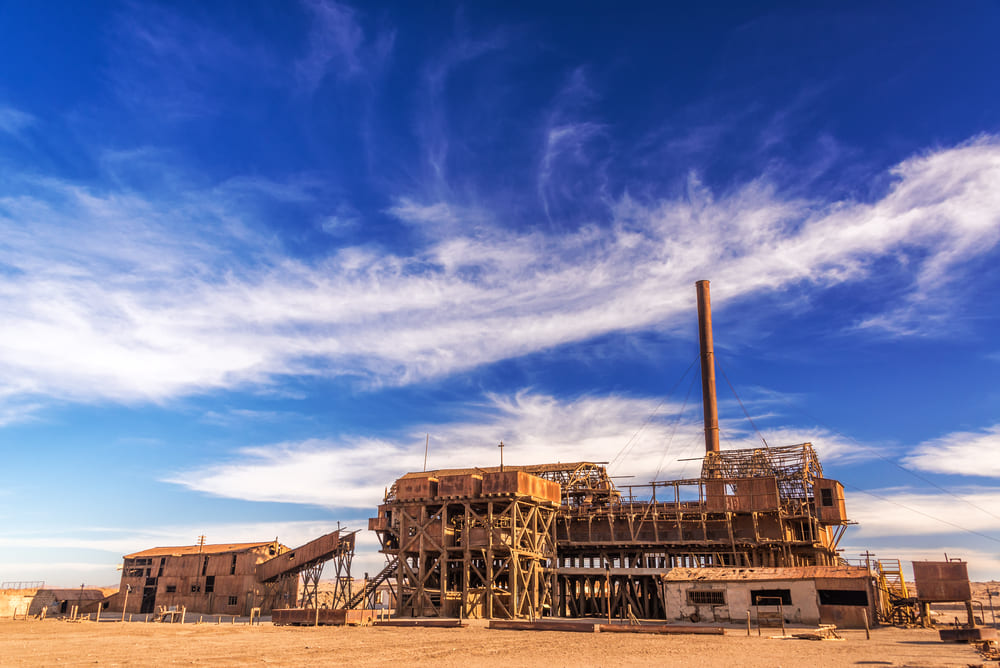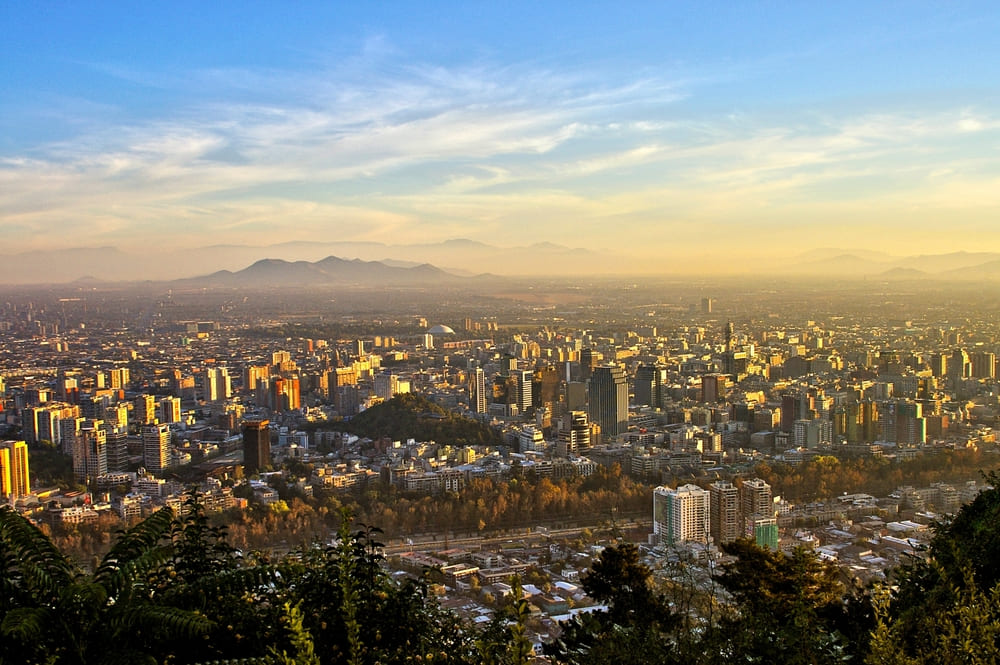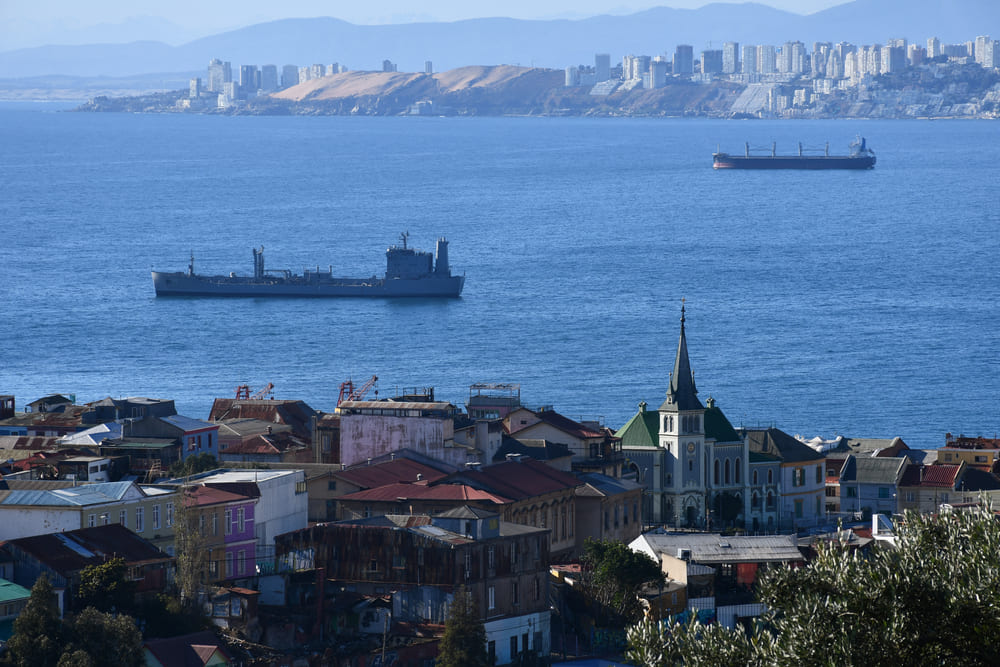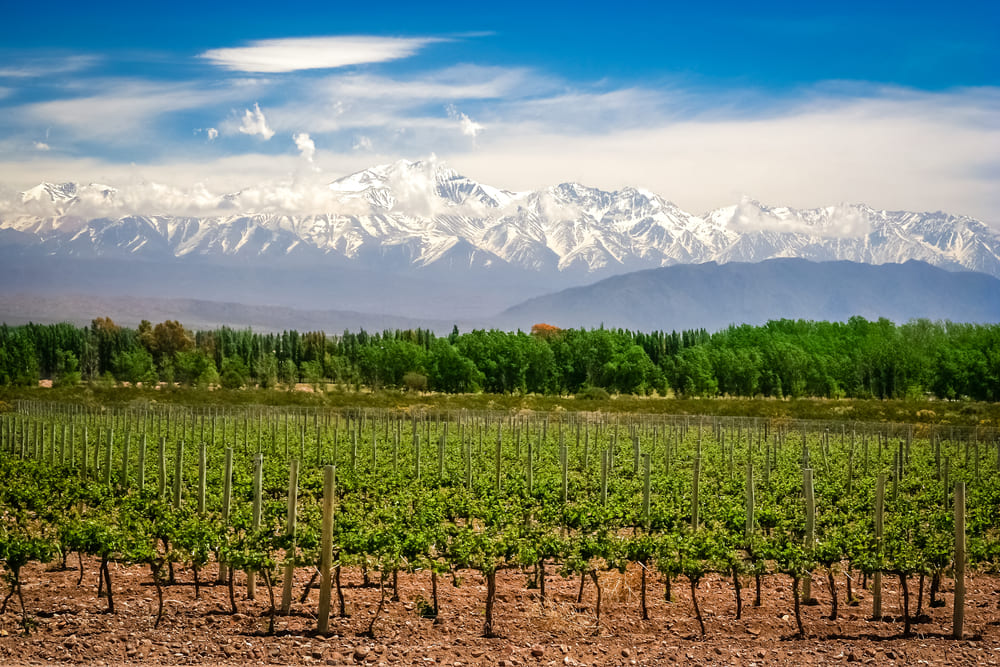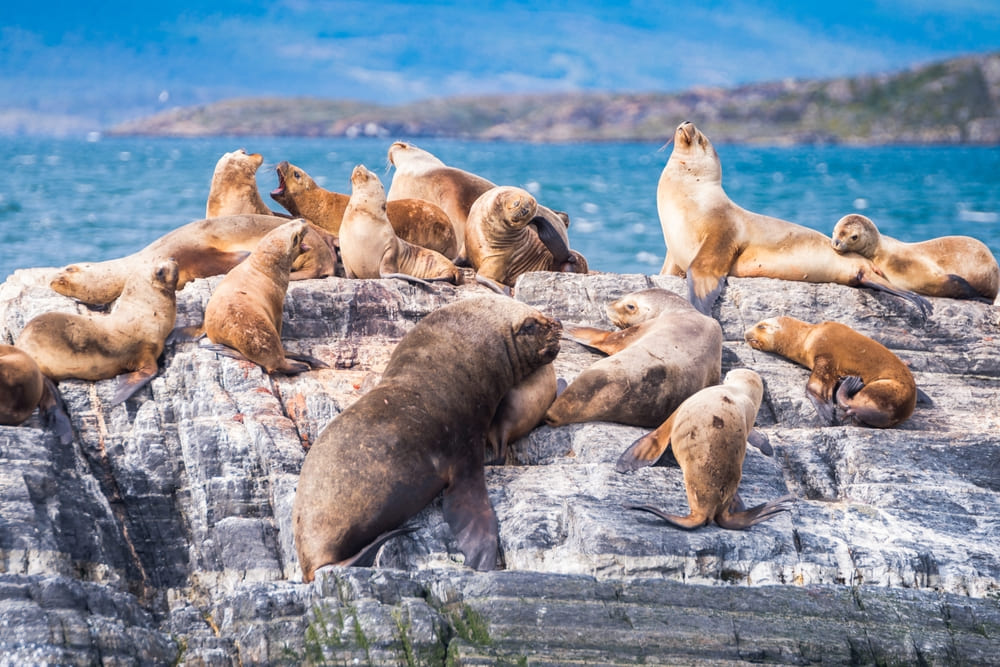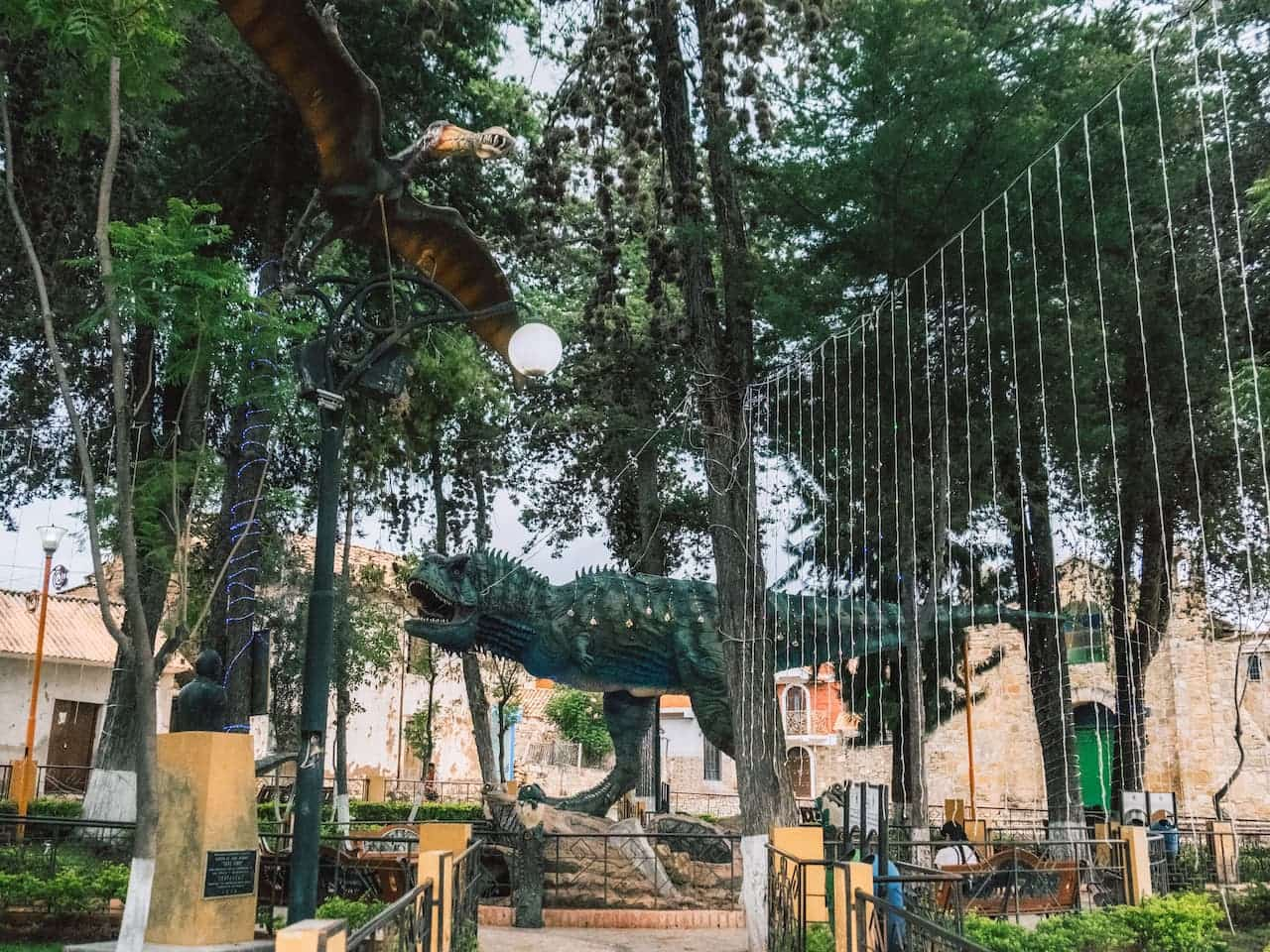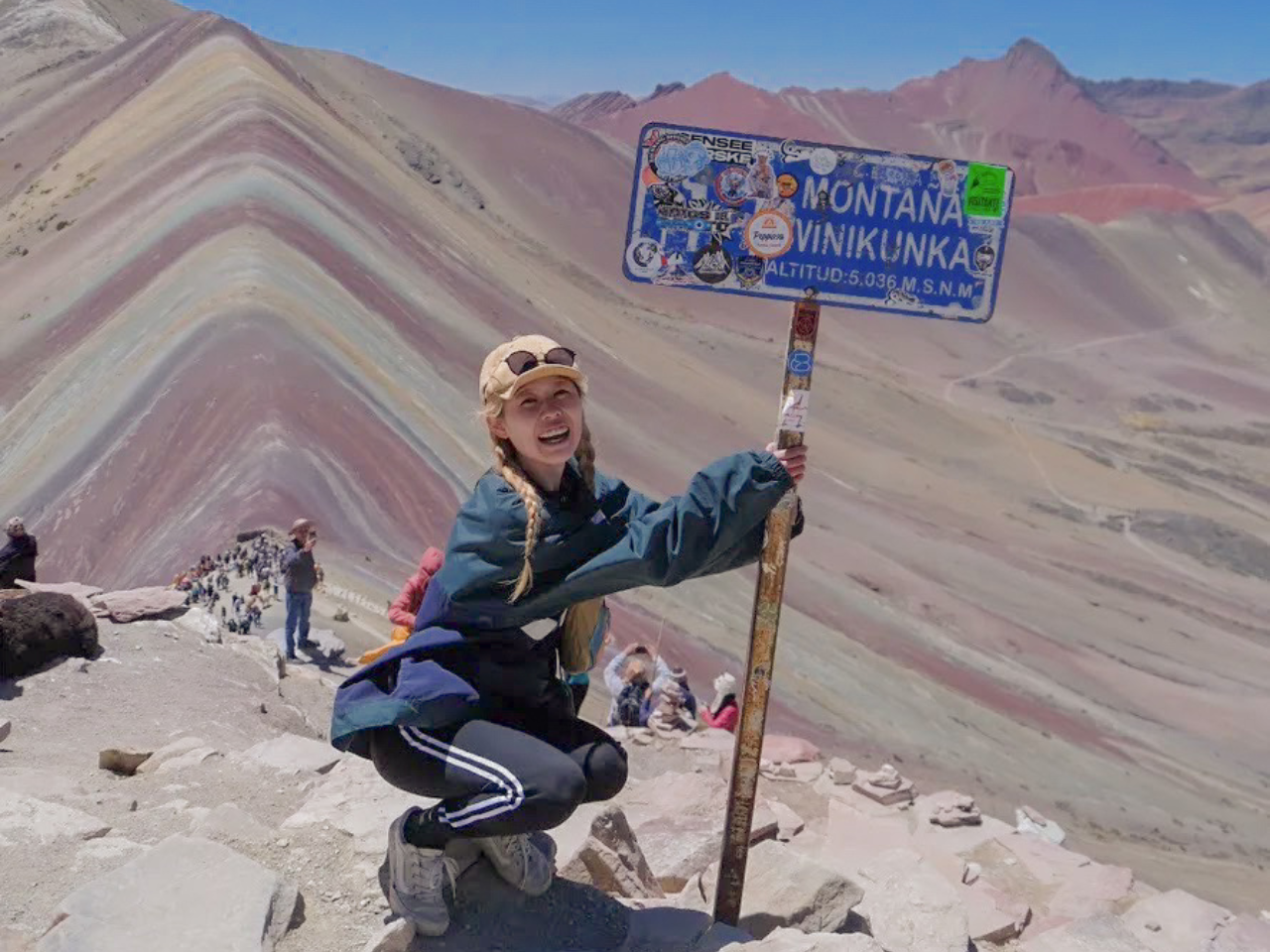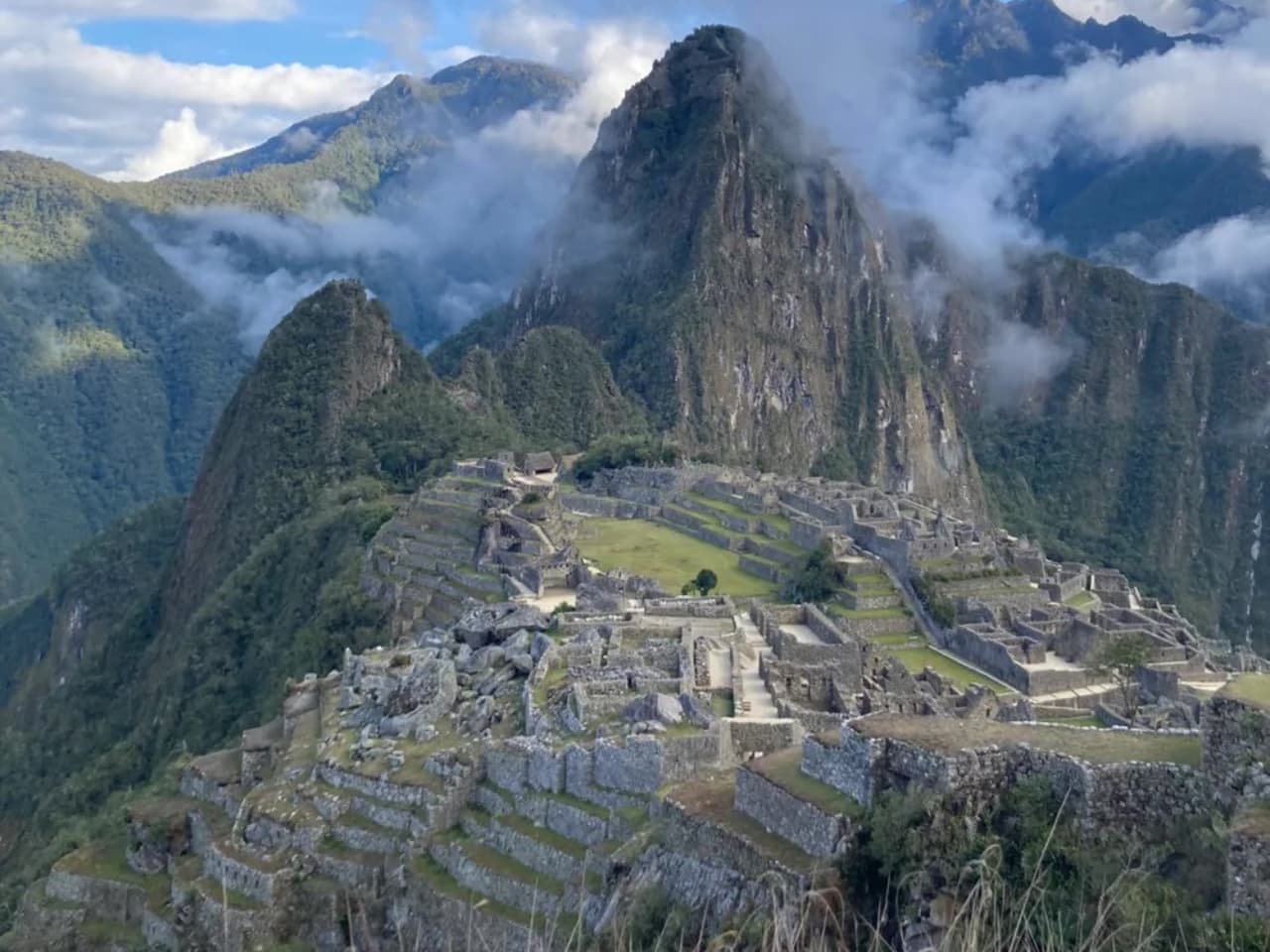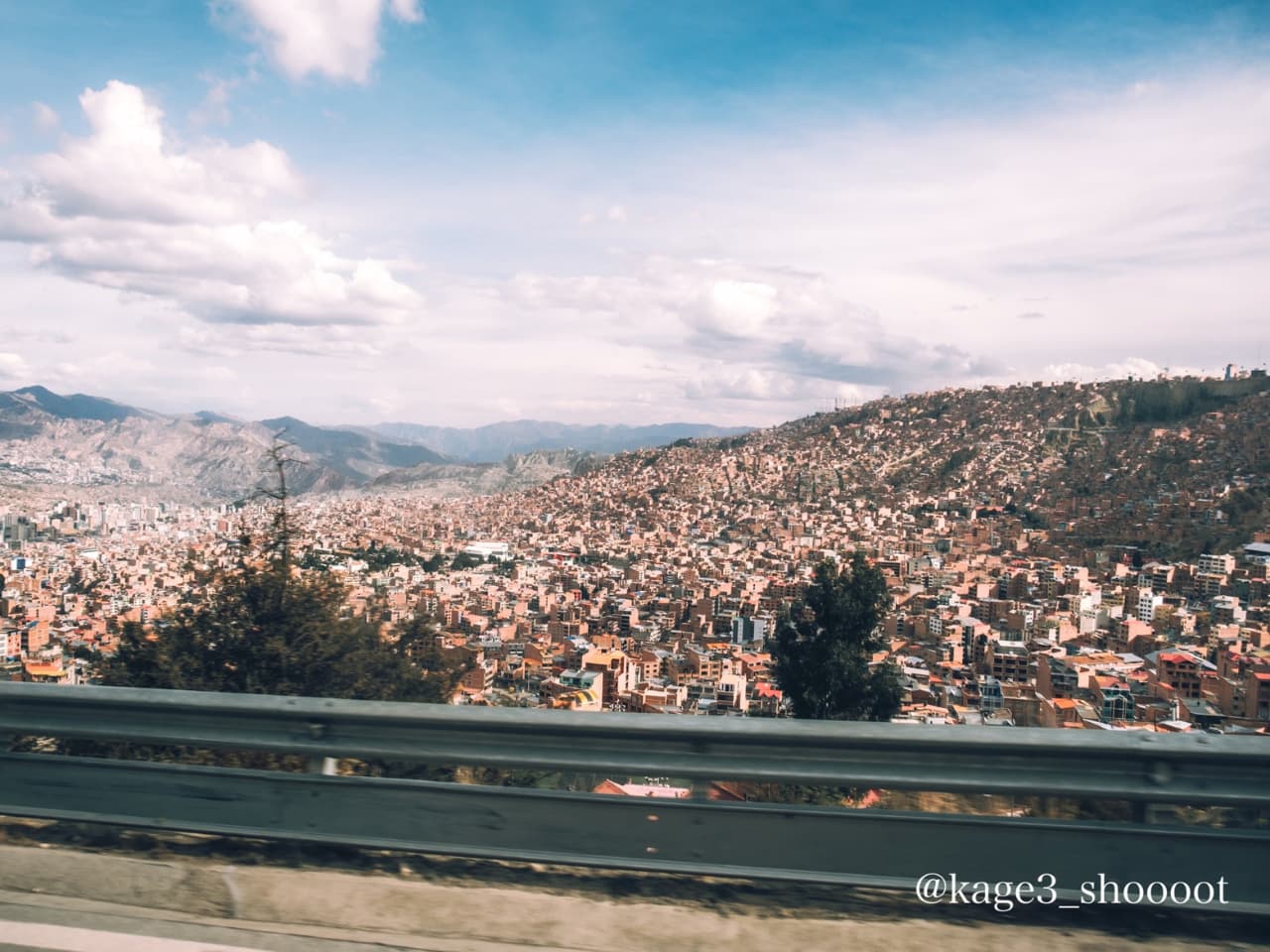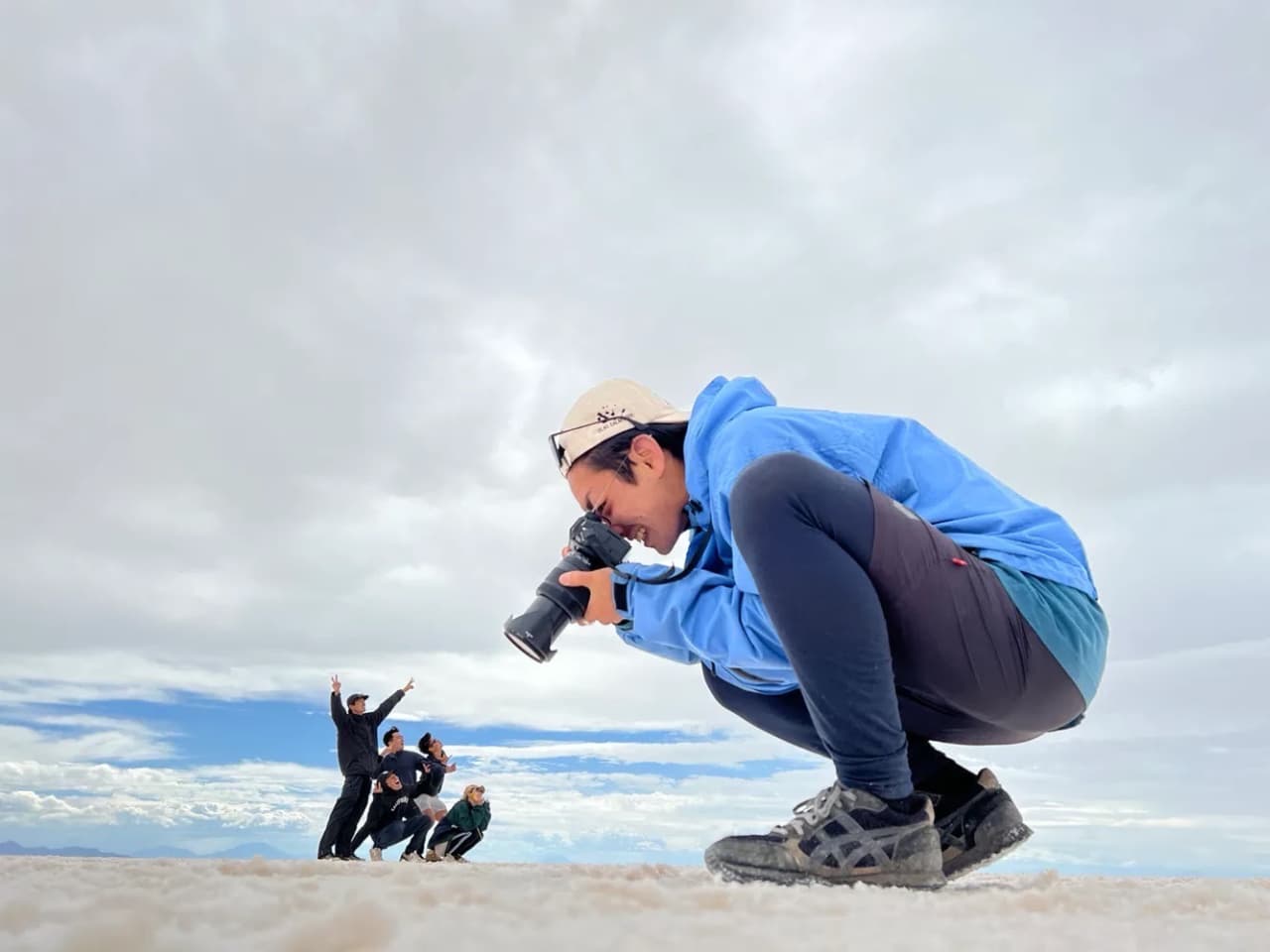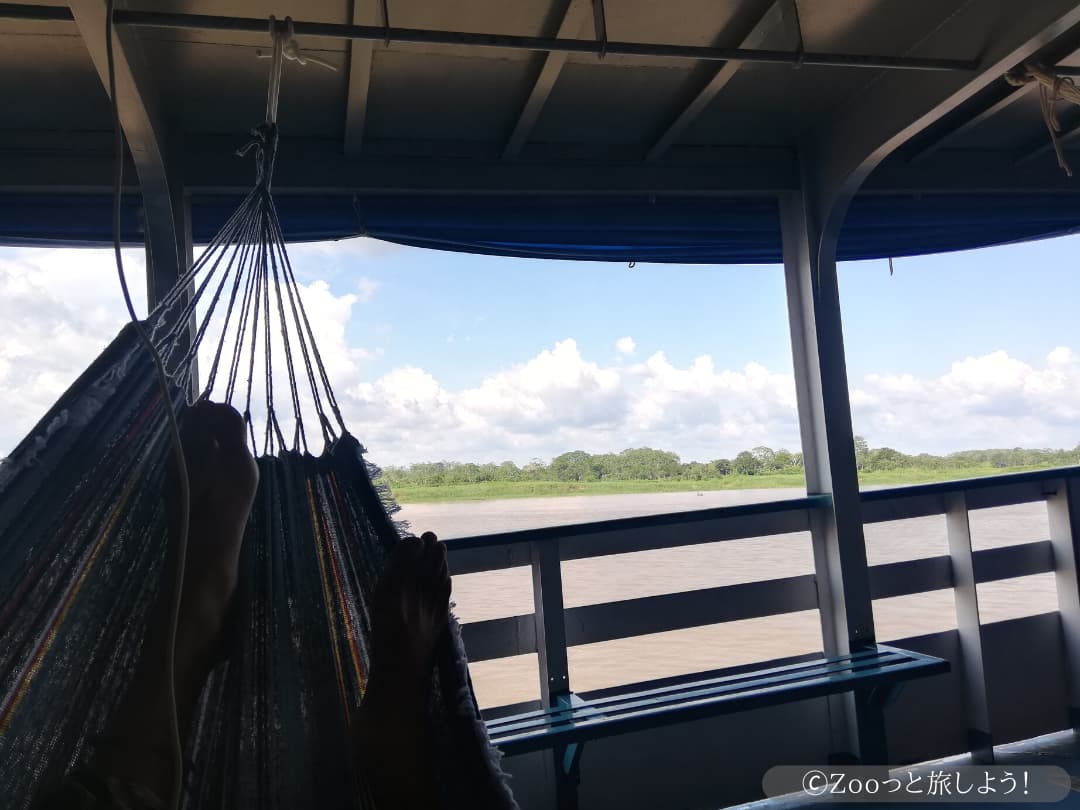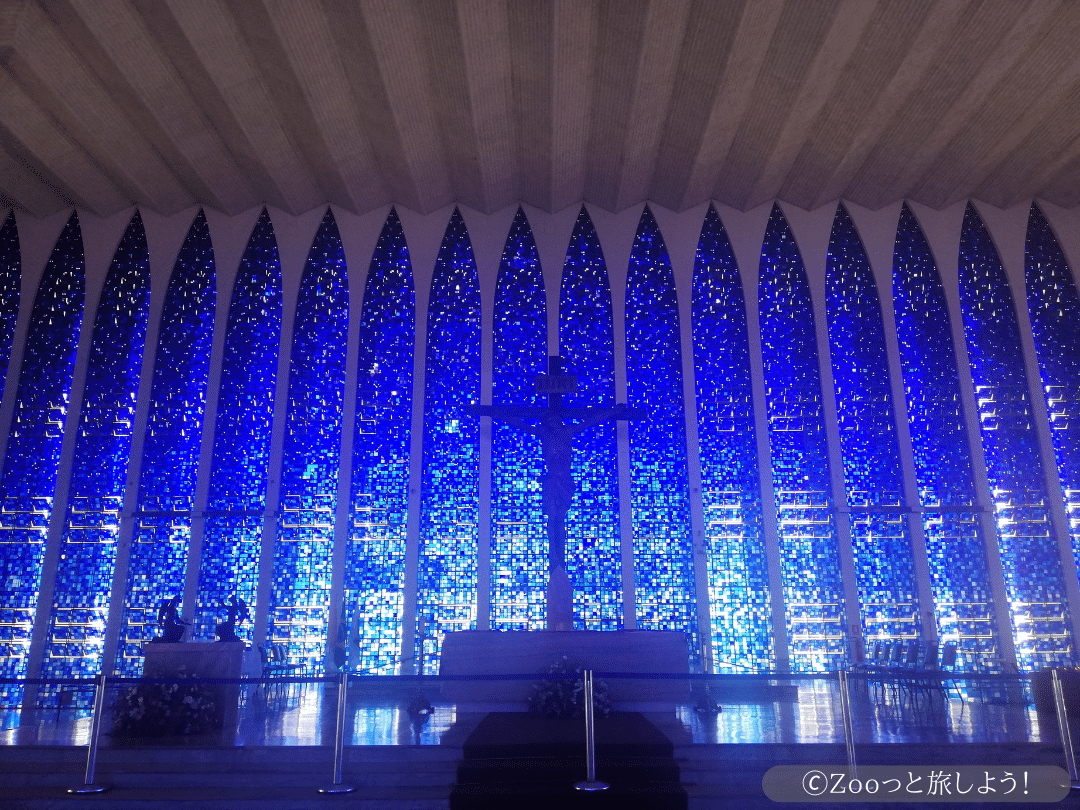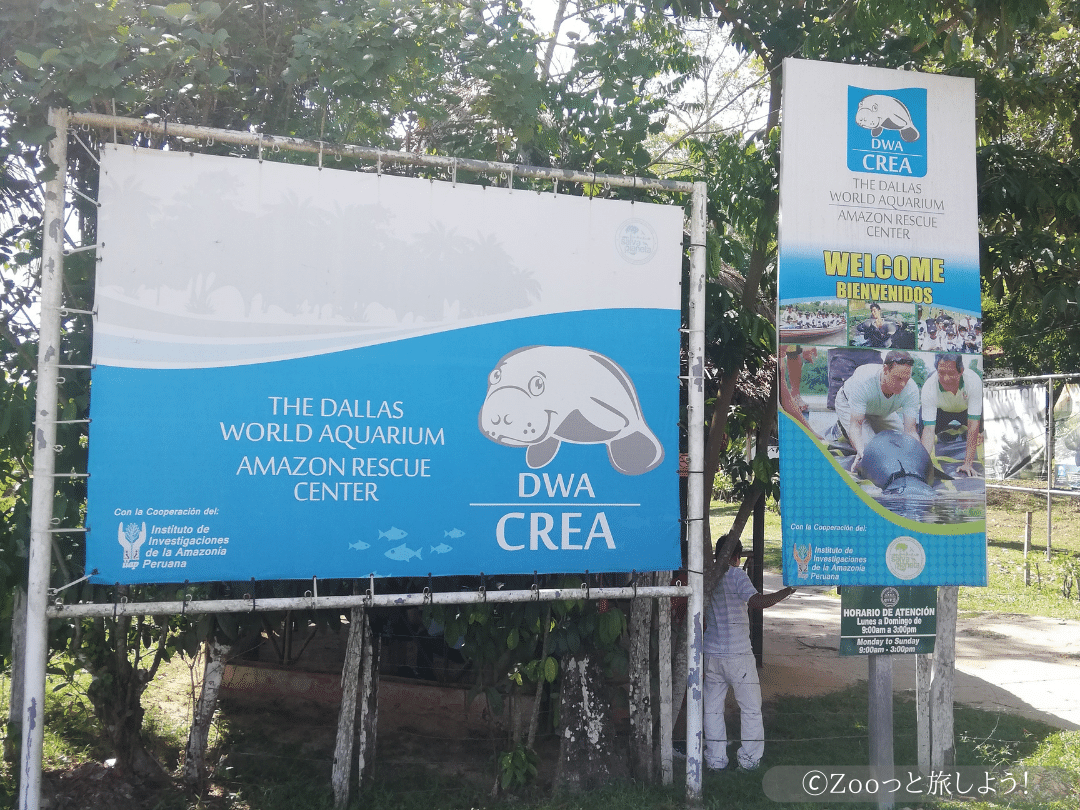La Santísima Trinidad de Paraná is one of the 17th-century Jesuit mission ruins in Paraguay and is an extremely important site as a historical and cultural heritage of South America. Registered as a UNESCO World Cultural Heritage Site in 1993, it attracts many tourists and researchers as a symbol of the fusion between Jesuit missionary work and indigenous cultures. Here, we will explain in detail its historical background, the structure of the ruins, cultural significance, and tourist appeal.
1. Historical Background and Construction History
In the early 17th century, the Catholic Church in Europe intensified its missionary activities in the New World, with the Jesuits in particular promoting Christian education among indigenous peoples throughout South America. In the region spanning southern Paraguay, Argentina, and near the border with Brazil, the indigenous Guaraní people lived, and the Jesuits established several missions (reductions) aiming for coexistence with them.
La Santísima Trinidad de Paraná Construction began in 1712, and at its peak, it is said that about 3,000 indigenous people lived there. The mission was organized around communal activities such as agriculture, livestock farming, and handicrafts, providing not only religious education but also social self-governance. Following Jesuit design principles, the church was placed at the center, surrounded by schools, residences, plazas, and workshops.
2. Structure and Architectural Features of the Ruins
The ruins of La Santísima Trinidad still retain parts of their magnificent stone structures, and their scale and excellent state of preservation are among the finest of the Jesuit sites in South America.
■ Church
The cathedral at the center of the mission was built in a magnificent Baroque style, with a tall stone façade adorned with carvings. Inside the church, the altar and pulpit are beautifully preserved, indicating that it was the focal point for religious ceremonies.
■ Housing and public facilities
Surrounding the church were the residences, schools, and workshops of the indigenous people, creating a space where daily life and religious activities were integrated. The dwellings were a mix of stone and wood construction, and archaeological excavations have revealed traces of the residents’ lifestyles and handicrafts.
■ Plaza
The central plaza served as a venue for community gatherings and festivals, and its vast space has been preserved to this day. One can imagine that many scenes of daily life once unfolded here.
3. Cultural Significance and Historical Role
La Santísima Trinidad de Paraná was not only a center for Jesuit missionary work, but also, and most importantly, an experimental ground for a "symbiotic society" where indigenous and European cultures merged. The intersection of Jesuit educational principles and Guaraní traditions fostered the development of a unique social structure, as well as the preservation of distinctive arts and language.
Moreover, these missions served as important social and economic centers within the colonial policies of the time, contributing to the protection of indigenous peoples, the management of labor, and the stabilization of the region. In the 19th century, the dissolution of the Jesuits and ensuing political turmoil led to the decline of the missions, which now remain as ruins that bear witness to their history.
4. Tourist Attractions and Local Experiences
Today, La Santísima Trinidad de Paraná has been developed as one of Paraguay's premier tourist destinations, attracting many visitors seeking to explore its history and deepen their understanding of its culture.
■ Ruins tour
Guided tours offer detailed explanations of the structure of the ruins, their historical background, and the relationship between the Jesuits and the Guaraní people. Visitors can also view intricate sculptures and displays of everyday items, allowing them to vividly imagine life as it was in those times.
■ Cultural Events
The region also hosts traditional music, dance, and festivals, giving visitors the opportunity to experience aspects of indigenous culture. There are markets for handicrafts as well, where locally made textiles and woodwork by artisans can be purchased.
■ Natural environment
The area around the Paraná River, where the mission is located, is rich in natural beauty, offering opportunities for birdwatching and nature walks. The harmonious blend of historical ruins and lush nature creates a relaxing environment that is part of its unique appeal.
5. Access and Surrounding Information
La Santísima Trinidad is located about four hours by car from Paraguay's capital city, Asunción. Other Jesuit mission ruins, such as San José de Candias, are scattered nearby, making the area a popular route for exploring historical sites.
Although simple, there are accommodations and restaurants in the surrounding area, allowing visitors to enjoy local cuisine and hospitality. When visiting, it is important to respect the local culture and act with consideration for the preservation of the ruins.
summary
La Santísima Trinidad de Paraná is a historic site where the Jesuits' religious mission intersected with the culture of the indigenous Guaraní people, making it an essential place for understanding the colonial era of South America. Its remarkable state of preservation and magnificent stone architecture deeply move visitors, offering a profound sense of the layered drama woven by culture and history.
Visiting this site is more than just sightseeing; a valuable opportunity to learn about past cultural exchange and coexistence, and to gain lessons for the future. it will surely become a meaningful experience. When visiting Paraguay, be sure to explore this historical heritage and experience a glimpse of South America's diverse cultures.
